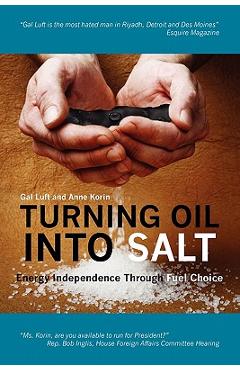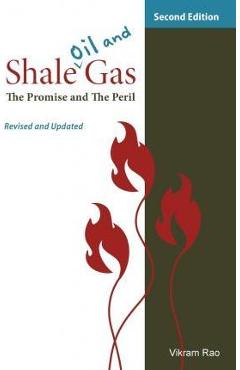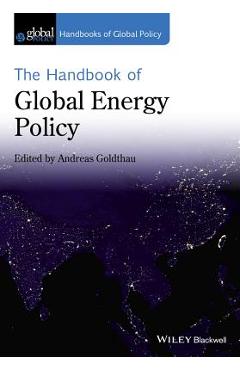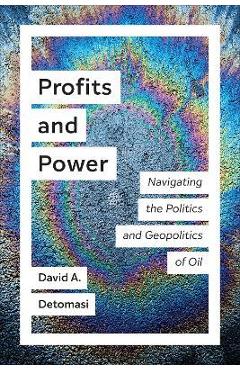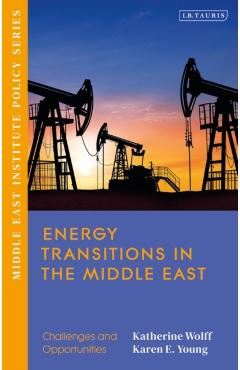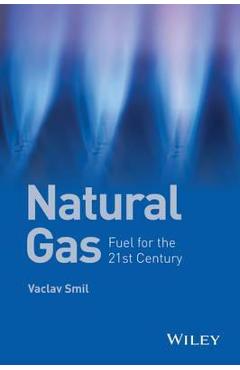Peaking of World Oil Production: Impacts, Mitigation, & Risk Management

Peaking of World Oil Production: Impacts, Mitigation, & Risk Management
The peaking of world oil production presents the U.S. and the world with an unprecedented risk management problem. As peaking is approached, liquid fuel prices and price volatility will increase dramatically, and, without timely mitigation, the economic, social, and political costs will be unprecedented. Viable mitigation options exist on both the supply and demand sides, but to have substantial impact, they must be initiated more than a decade in advance of peaking. In 2003, the world consumed just under 80 million barrels per day (MM bpd) of oil. U.S. consumption was almost 20 MM bpd, two-thirds of which was in the transportation sector. The U.S. has a fleet of about 210 million automobiles and light trucks (vans, pick-ups, and SUVs). The average age of U.S. automobiles is nine years. Under normal conditions, replacement of only half the automobile fleet will require 10-15 years. The average age of light trucks is seven years. Under normal conditions, replacement of one-half of the stock of light trucks will require 9-14 years. While significant improvements in fuel efficiency are possible in automobiles and light trucks, any affordable approach to upgrading will be inherently time-consuming, requiring more than a decade to achieve significant overall fuel efficiency improvement. Besides further oil exploration, there are commercial options for increasing world oil supply and for the production of substitute liquid fuels: 1) Improved Oil Recovery (IOR) can marginally increase production from existing reservoirs; one of the largest of the IOR opportunities is Enhanced Oil Recovery (EOR), which can help moderate oil production declines from reservoirs that are past their peak production: 2) Heavy oil / oil sands represents a large resource of lower grade oils, now primarily produced in Canada and Venezuela; those resources are capable of significant production increases;. 3) Coal liquefaction is a well-established technique for producing clean substitute fuels from the world's abundant coal reserves; and finally, 4) Clean substitute fuels can be produced from remotely located natural gas, but exploitation must compete with the world's growing demand for liquefied natural gas. However, world-scale contributions from these options will require 10-20 years of accelerated effort. Dealing with world oil production peaking will be extremely complex, involve literally trillions of dollars and require many years of intense effort. To explore these complexities
PRP: 154.92 Lei
Acesta este Pretul Recomandat de Producator. Pretul de vanzare al produsului este afisat mai jos.
139.43Lei
139.43Lei
154.92 LeiLivrare in 2-4 saptamani
Descrierea produsului
The peaking of world oil production presents the U.S. and the world with an unprecedented risk management problem. As peaking is approached, liquid fuel prices and price volatility will increase dramatically, and, without timely mitigation, the economic, social, and political costs will be unprecedented. Viable mitigation options exist on both the supply and demand sides, but to have substantial impact, they must be initiated more than a decade in advance of peaking. In 2003, the world consumed just under 80 million barrels per day (MM bpd) of oil. U.S. consumption was almost 20 MM bpd, two-thirds of which was in the transportation sector. The U.S. has a fleet of about 210 million automobiles and light trucks (vans, pick-ups, and SUVs). The average age of U.S. automobiles is nine years. Under normal conditions, replacement of only half the automobile fleet will require 10-15 years. The average age of light trucks is seven years. Under normal conditions, replacement of one-half of the stock of light trucks will require 9-14 years. While significant improvements in fuel efficiency are possible in automobiles and light trucks, any affordable approach to upgrading will be inherently time-consuming, requiring more than a decade to achieve significant overall fuel efficiency improvement. Besides further oil exploration, there are commercial options for increasing world oil supply and for the production of substitute liquid fuels: 1) Improved Oil Recovery (IOR) can marginally increase production from existing reservoirs; one of the largest of the IOR opportunities is Enhanced Oil Recovery (EOR), which can help moderate oil production declines from reservoirs that are past their peak production: 2) Heavy oil / oil sands represents a large resource of lower grade oils, now primarily produced in Canada and Venezuela; those resources are capable of significant production increases;. 3) Coal liquefaction is a well-established technique for producing clean substitute fuels from the world's abundant coal reserves; and finally, 4) Clean substitute fuels can be produced from remotely located natural gas, but exploitation must compete with the world's growing demand for liquefied natural gas. However, world-scale contributions from these options will require 10-20 years of accelerated effort. Dealing with world oil production peaking will be extremely complex, involve literally trillions of dollars and require many years of intense effort. To explore these complexities
Detaliile produsului










